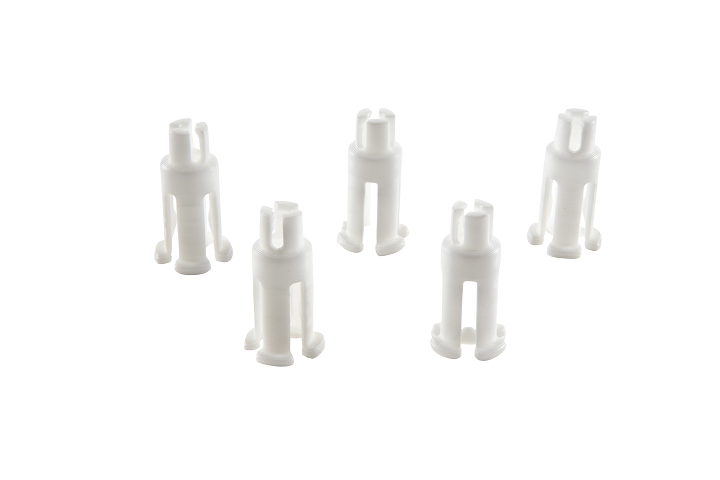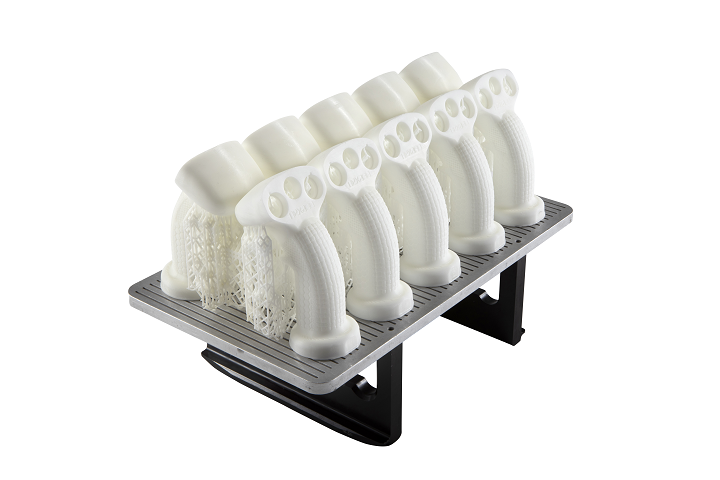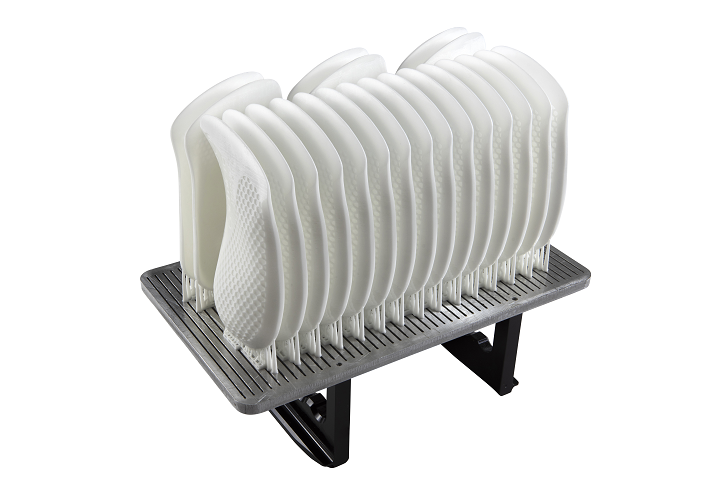3D printer manufacturer Nexa3D has announced a collaboration with technology company Siemens to automate its polymer laser sintering systems. Even during COVID-19, the two companies have remained committed to Industry 4.0 preparedness by growing their product portfolios and partnering with other committed companies, and their customers in many industries, from industrial and automotive to medical and aerospace, are reaping the benefits—compression of the design and manufacturing cycle to reduce project timelines, and a stronger, more resilient supply chain.
“We are very excited to partner with Siemens, the world’s leading provider of factory automation and digitization technologies, to jointly deliver the next generation of manufacturing capabilities to our customers. We believe hat this collaboration is essential given the strengths of the 3D printing industry as demonstrated throughout the Covid-19 pandemic, and this is the right time to realize the combined potential that this partnership unlocks for the benefit of our expanding customer base,” Kuba Graczyk, Head of Thermoplastic Additive Business at Nexa3D, stated in a press release.
Last month, Nexa3D acquired NXT Factory, and its proprietary Quantum Laser Sintering (QLS) technology, which now powers the company’s rapid technologies, alongside its original Lubricant Sublayer Photo-curing (LSPc) process. With this new partnership, its QLS product line will now be standardized to Siemens Digital Industries (formerly PLM) Software, which offers edge computing and advanced factory automation. Combining this automation with process monitoring, data acquisition, connectivity, and print optimization will make it possible to provide polymer AM solutions at scale.
“We are very pleased to join forces with Nexa3D and together unleash the power and potential of our products to create more resilient and sustainable supply chains. Covid-19 underlined the incredibly rapid and flexible nature of our combined factory automation technologies and additive manufacturing capabilities compared to traditional manufacturing and demonstrates how vulnerable the global manufacturing supply chain is to unexpected disruptions,” said Tim Bell, Head of Additive Manufacturing, Siemens Industry, Inc. “Working together with Nexa3D, we are bringing decades of proven Siemens factory automation experience and technology to additive manufacturing to help customers mainstream mission critical production tools for future manufacturing strategies.”
Commercial delivery of Nexa3D’s QLS350 polymer production 3D printer, the first to be powered with Siemens’ automation controls, is planned for Q1 2021.
Nexa3D made another announcement this week: its latest material, the functional photoplastic polymer xCE-White, is available for purchase immediately. Originally designed for use with the NXE400 LSPc 3D printer, It’s the company’s fastest single cure material, offering high flexural strength, excellent thermal stability, and super-fast speed.
“We are very excited to bring to market our fastest functional photoplastic material yet, underscoring Nexa3D’s commitment to providing our customers with the highest levels of design agility and supply chain resiliency both now and post-Covid-19 that produce functional parts literally within minutes. With xCE-White available through our rapidly expanding global reseller network, we are delivering a new performance photoplastic that is ideal for many production parts in addition to being an outstanding injection molding tooling material,” said Nexa3D’s Chief Growth Officer Michele Marchesan. “Our expanding portfolio of ultrafast stereolithography and laser sintering production printers, coupled with our growing family of high-performance photoplastics and thermoplastics, provides a significant speed and productivity advantage at an attractive cost of ownership.”
Nexa3D says that xCE-White can print end-use plastic parts 20 times faster, and with isotropic properties that make it a good choice for automotive parts, industrial components, and robotic assemblies as well. The sturdy, lightweight photoplastic has “inherent functionality” that helps stationary parts like brackets, gears, impellers, and pulleys hold up under high temperature, pressure, and load, and company tests show that xCE-White is a good choice for fabricating injection molding tools for use with many thermoplastic polymers, such as HDPE, PE, PETG, and PP. Nexa3D reports that 3D printed molds made out of xCE-White were injected successfully hundreds of times, with no mold release agents or visible mold temperature degradation and adhesion, at temperatures between 230°C and 280°C.
You can order the new xCE-White from one of Nexa3D’s authorized resellers, or purchase a 5 kg container for $1,025 for immediate delivery through its online store. If you’re interested in learning how the material can be used to increase AM productivity for series production and prototyping, register for Nexa3D’s Speed-to-Value webinar, which will take place at 1:30 pm ET on Tuesday, September 29th.
News regarding Nexa3D’s partnership reflects the growth of an interesting startup yet to fully prove itself in the market. Headed by ex-3D Systems CEO Avi Reichental, the California company has promised interesting technologies, which now seem to have the Siemens seal of approval. Given the multinational’s status as the largest industrial manufacturing company in Europe, with a market cap of nearly USD$58.7, thats no small feat.
The 3D printing industry is now on a path toward increased automation, a trend from which Siemens will likely benefit. The firms working toward automating industrial additive manufacturing include the following, among others:
- GE Additive, whose Concept Laser subsidiary laid out plans for the AM Factory of Tomorrow, meant to be highly automated.
- Additive Industries, which introduced the Scale4Series setup, featuring metal powder production, metal printing and finishing.
- 3D Systems, which has partnered with GF Machining Solutions to integrate automated post-processing and machining systems into its metal 3D printing ecosystem.
The above list doesn’t include the various initiatives underway to automate 3D printing for specific verticals and products, such as dental aligners. If the partnership with Siemens achieves the stated goals, we may see Nexa3D become an increasingly prominent player in the industry.
(Source/Images: Nexa3D)
Subscribe to Our Email Newsletter
Stay up-to-date on all the latest news from the 3D printing industry and receive information and offers from third party vendors.
You May Also Like
Further Understanding of 3D Printing Design at ADDITIV Design World
ADDITIV is back once again! This time, the virtual platform for additive manufacturing will be holding the first-ever edition of ADDITIV Design World on May 23rd from 9:00 AM –...
3D Printer Maker EVO-tech Reborn as NEVO3D — Once More With Feeling
EVO-tech was a 3D printing service and original equipment manufacturer established in 2013 and based in Schörfling am Attersee, Austria. The company produced high-quality material extrusion systems featuring linear bearings,...
3D Systems Brings 3D Printed PEEK Cranial Implant to the U.S. with FDA Clearance
For more than 10 years, 3D Systems (NYSE:DDD) has worked hand-in-hand with surgeons to plan over 150,000 patient-specific cases, and develop more than two million instruments and implants from its...
CDFAM Returns to Berlin for Second Annual Symposium
The second CDFAM Computational Design Symposium is scheduled for May 7-8, 2024, in Berlin, and will convene leading experts in computational design across all scales. Building upon the first event...




































